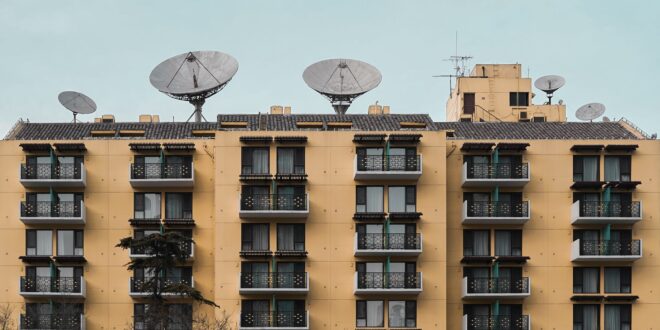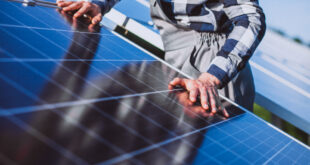When the satellite dish appeared on the market in the mid-1980s, it brought a complete revolution in terms of receiving and transmitting television signals. It was no longer necessary to have the infrastructure required by cable TV, and you also had access to all the world’s channels at once, which of course was not possible with a regular antenna. All this has led to the fact that for decades almost every house has a satellite dish and it has become the most popular way of broadcasting television.
Still, it must have happened to you at least a few times that you were just planning to watch TV, but when you turned on the device, you were greeted by a pixelated picture or no picture at all. Since the dish is located outside the house, it is subject to various weather influences that can lead to such problems. Usually, these are not some major failures but can be solved very easily and quickly. So read what are the most common satellite reception problems and how to fix them.
Table of Contents
1. Improper alignment
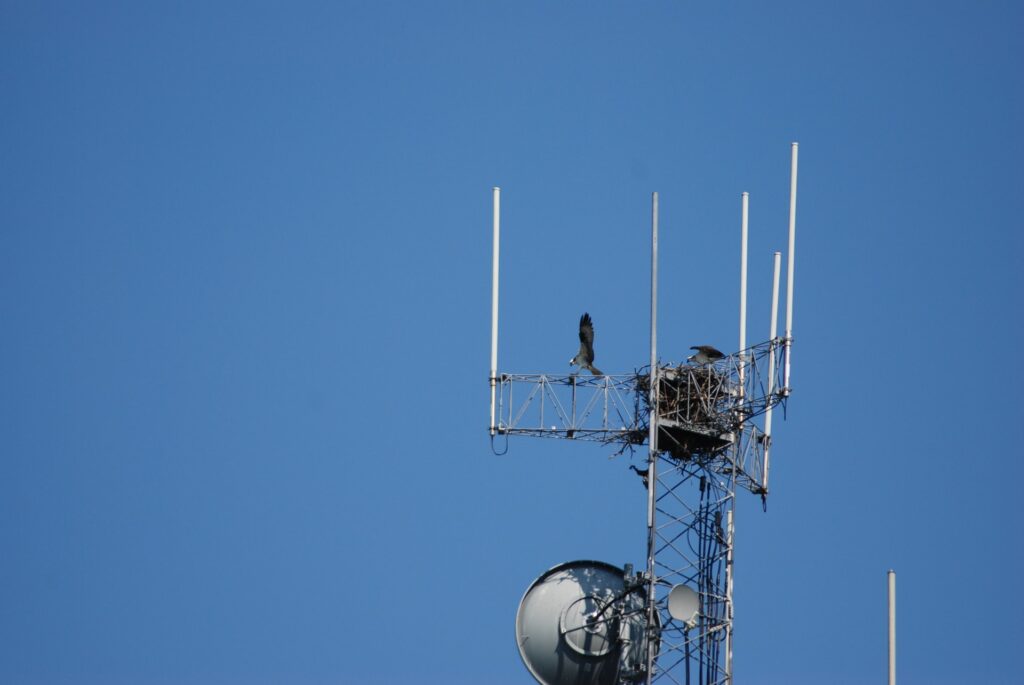
In order for signal reception to be at a good level, the satellite dish must be aligned ideally. When we say ideal, we really mean it, because a deviation of only 5 millimeters can be the difference between a perfect HD picture and no picture at all. That is why it is very complicated to do an alignment with the naked eye, because everything has to be set to the millimeter. The reasons why improper alignment occurs are various. The most common are weather conditions because strong wind or rain can completely move the dish. Also, over time, the bolts loosen and this, in turn, can lead to unwanted movement of the satellite dish.
And as we have already said, it is not necessary to move so much that you see the difference, but only the slightest deviation from the position that will provide the best signal. If you decide to do the alignment yourself you will need a spectrum analyzer to know where the strongest signal is coming from. There are also websites where you can check the location of the towers and then know where to point. If you see that you are not successful in this DIY project or that you are taking too much risk by climbing a roof, call professionals like aerialandsatelliteexpress. They have all the necessary equipment and will do the whole job in less than half an hour.
2. Cable problems
The dish is only one piece of equipment, but very often we can’t find the cause of the bad reception we have. Then it’s time to check the cables, because even though they are made to last a long time if they are damaged, you will constantly have problems with the signal. Weatherproof is also insulated with a few layers so they can withstand the weather, but it is clear to you that when something is exposed to the sun for half a year and ice for the second half of the year, it cannot last for decades. Perform a physical inspection of cables and all other diagnostics required. If you find that there is a problem with the cables, the only option is to change the cables. You can do it yourself, but again it is faster and safer to call professionals.
3. Physical signal blockade
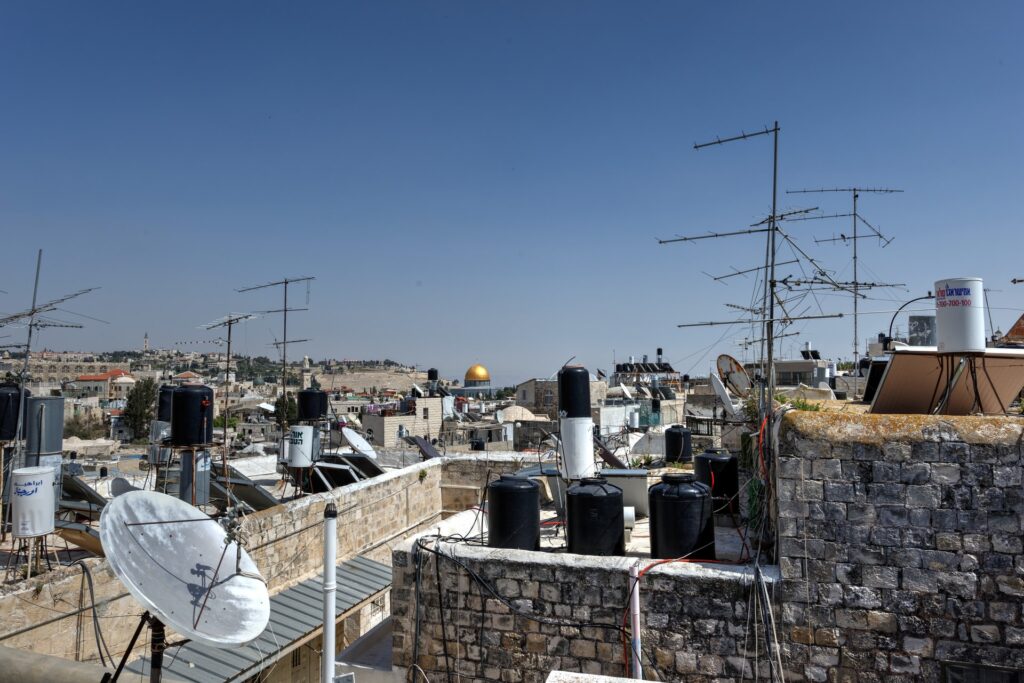
Very often it is a physical obstacle that blocks the signal and it is possible that this obstacle did not exist until recently, so you did not take this possibility into account. The most common problem is trees because they grow and then little by little it happens that you notice a worsening signal. There are two options you can do to solve this problem. The first is to shorten the tree and then have no problems for a while until it grows again. Another option is to set up a satellite dish even higher, if possible. It is always a good choice because the higher positioned the better.
What can be a bigger problem than a tree is some other kind of obstacle, like a building or some other construction. Maybe a building was built somewhere near you and now it is presenting obstacles. This is something that you will probably not be able to solve or you will have to position the antenna completely differently, although the question is whether you will have all the channels as before.
4. Pests
It never occurs to anyone that pests could be the cause of poor reception. But since most of the equipment is outside, it is possible that different types of insects or other types of pests will damage some. You need to check all the parts where, for example, a spider could make a web or ants could make an anthill. What can also cause damage are mice and rats that can bite the cables or damage some other piece of equipment. Of course, you can exterminate the pests yourself, but for example, if you find that there is a hornet’s nest or some other poisonous pests, then it is time to call pest control.
5. Too weak or too strong signal
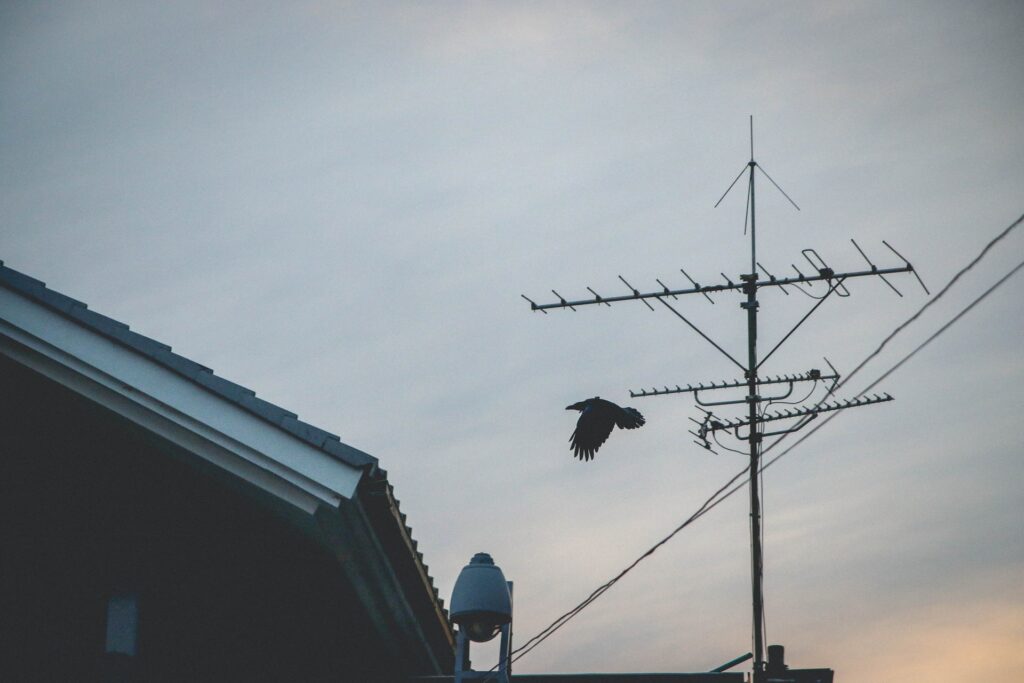
Sometimes the problem is in the signal itself. What usually causes the signal to be too weak and therefore have a blurred picture or no picture at all is a cable that is too long. You may have wanted to position high as possible, but then you made a mistake because too long a cable reduces the signal potency. Therefore, a balance must be found between the height where it is placed and the length of the cable. Also, amplifiers can help, so consider buying one. What may surprise you is that the signal may be too strong. Although this rarely happens, but if the LNB itself is very strong and the cable is too short, the signal may be too strong and cause problems.
Conclusion:
These are the 5 most common satellite reception problems, and we’ve told you how you can fix each one. If you find that not of that is causing you trouble, the causes may be other like a broken satellite dish, but leave it to the professionals to find out.
 World Magazine 2024
World Magazine 2024
